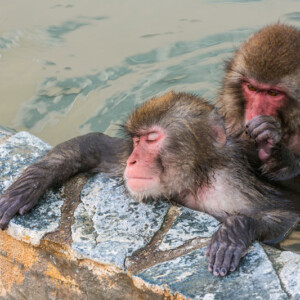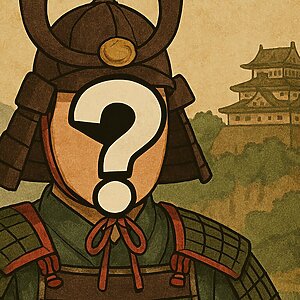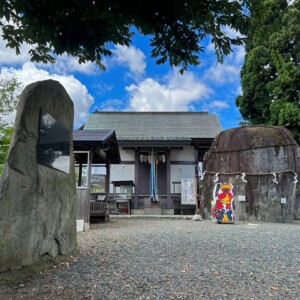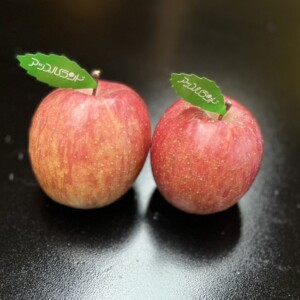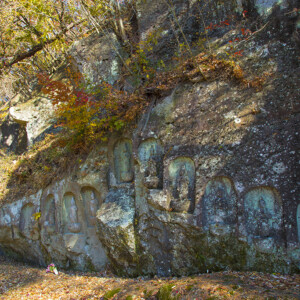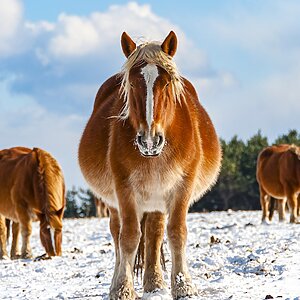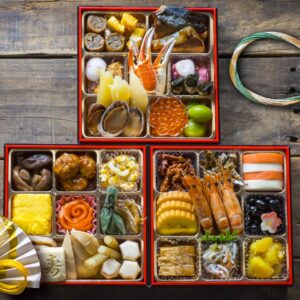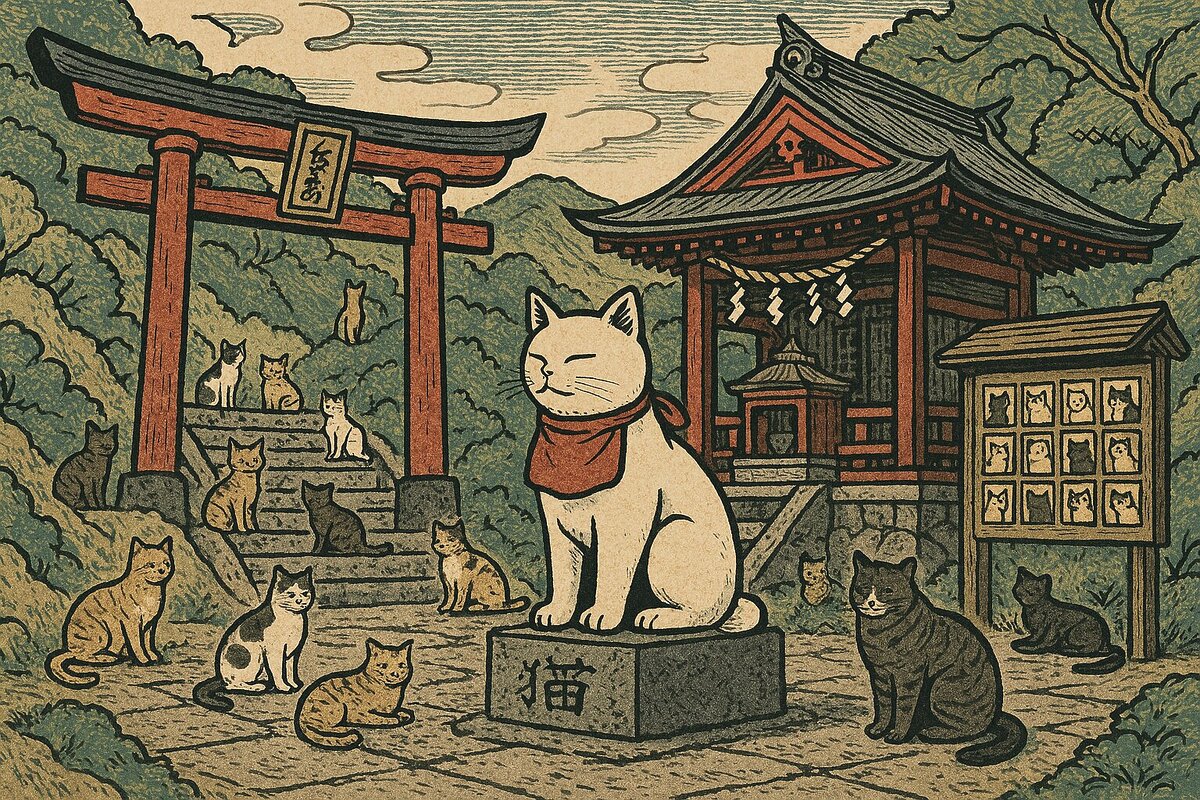
A must-see for cat lovers: Tracing the history of the region through "Shinobuyama Neko Inari" (Fukushima Prefecture)
table of contents
Do you like cats?
Cat-themed goods and motifs, cat cafes and other cat-themed spots... the world is overflowing with people's love for cats. No matter how tough a person normally looks, there are some people whose faces light up when they see a cat
Meanwhile, there is a shrine called " Neko Inari " in Fukushima City, Fukushima Prefecture. You might think, "Fukushima people have loved cats since ancient times?!" However, there was a practical reason for the establishment of Neko Inari.
This time, we will start from Neko Inari and trace the history of the industries that flourished in Fukushima Prefecture
A mecca for cat lovers? Fukushima City's Neko Inari Shrine

There are cat cafes all over the country, but Fukushima City is home to a shrine called Shinobuyama Neko Inari . But where exactly is Shinobuyama Neko Inari, and what kind of spot is it?
There is a "Neko Inari" shrine on Mount Shinobu in Fukushima City

Mount Shinobu is located in the center of Fukushima City, Fukushima Prefecture . It is located just 3km from Fukushima Station and Fukushima Prefectural Office, and just over 2km from Fukushima City Hall. Surrounded by the city, its mounded appearance makes it look like a small island. You can get a panoramic view of the city from the park and several observation decks, and in spring it becomes a popular cherry blossom viewing spot, attracting many visitors.
It is also a power spot, and has long been the subject of mountain worship. There are peaks called Mt. Haguro, Mt. Hayama, Mt. Kumano, and Mt. Tateishi, and gods and Buddhas are enshrined at the summits of each mountain. There is a quiet building halfway up Mikosakazaka Old Nishizaka House ."
The Nishizaka House is said to have been used by the vassals who accompanied the imperial family when they fled after losing a struggle for supremacy. The building has now been renovated and is used as a rest area. Beyond the torii gate on the same grounds as the Nishizaka House is Nishizaka Inari Shrine, also known as Shinobuyama Neko Inari Shrine
You can also pray for the happiness of your beloved cat at "Shinobuyama Neko Inari (Nishizaka Inari)"
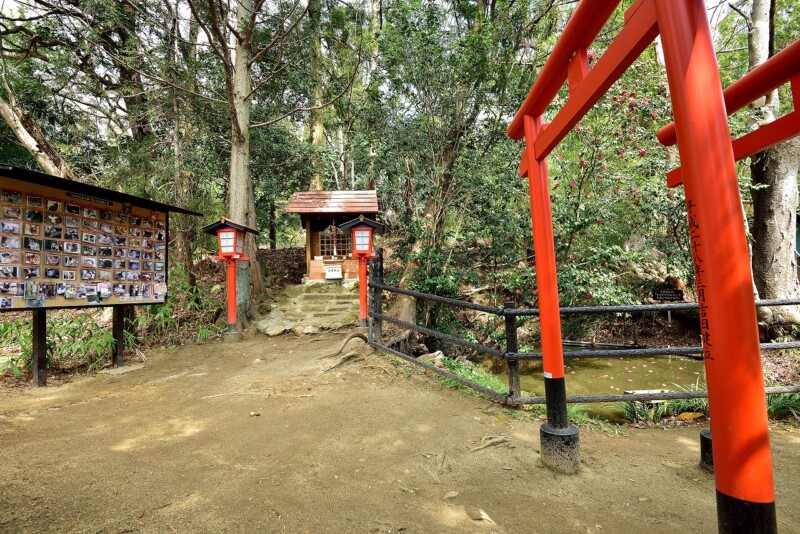
If you pass through the vermilion torii gate located on the same grounds as the old Nishizaka house, you will see a small shrine and a bulletin board-like sign
When I looked at the board, I saw a row of photos of cats..
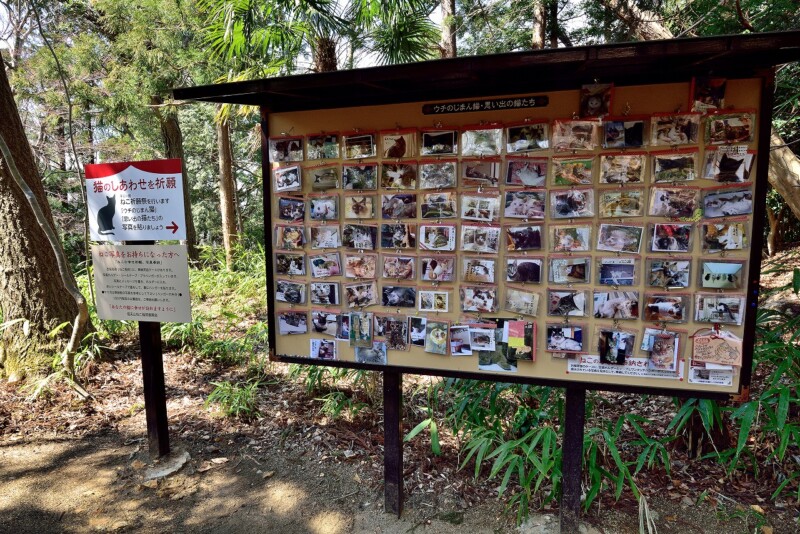
In fact, this board was set up for those who wish to pray for the health and happiness of their beloved cats. It's a very thoughtful gesture, considering that this is a power spot named after a cat. If you wish to display it, bring an L-size photo of your beloved cat and purchase a special photo case and clip at the Nishizaka Old House. Photos are generally displayed for one year, and after the display period has expired, they will be filed and stored separately. We also recommend getting a goshuin (temple seal) with a cat design as a memento of your visit
Shinobuyama Neko Inari Shrine <Information>
- Facility name: Shinobuyama Neko Inari (Nishizaka Inari Shrine)
- Location: Miyama Iwasaka, Fukushima City, Fukushima Prefecture
- Official URL: https://www.shinobuyama.com/
Google Map
Why is it called a "cat" even though it's an Inari shrine?
When it comes to Inari, foxes enshrined there. This is said to be because Inari Okami, the god of agriculture, uses foxes as his messengers.
(cat) in its name? In fact, it is a fox enshrined at Shinobuyama Neko Inari, and there is a legend that it is called "Gonbo Kitsune."
" Three Foxes of Mt. Shinobu " - Gobo Fox of Mt. Shinobu, Chojiro of Ippaimori and Kamozaemon of Ishigamori - were mischievous foxes. Among them, Gobo Fox was skilled at tricking people and was always up to mischief.
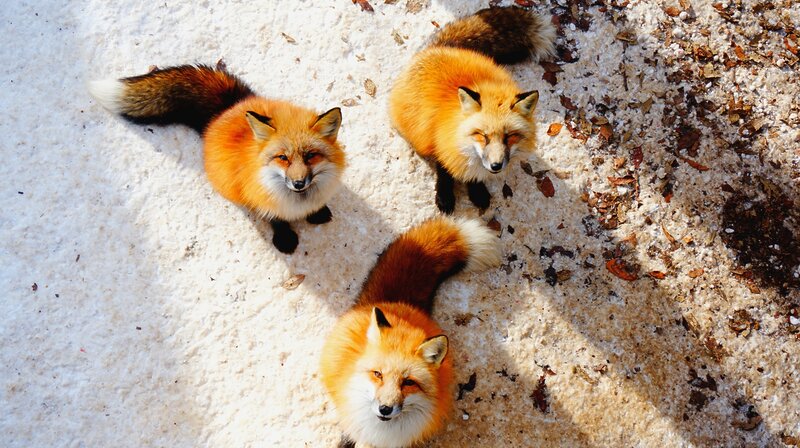
One day, Kamozaemon lies to Gobou Kitsune, saying, "If you use your tail to catch fish, you'll catch a surprising amount."
The deceived Gobo Fox was fishing with his tail hanging in the swamp when, in the cold, cold midwinter, the swamp froze solid, and he was unable to pull his tail out. When he tried to pull it out with all his might, the tail snapped off at the base, and Gobo Fox lost his power to transform
Seeing the disappointed Gobo Fox, the monk of Mt. Shinobu offered words of comfort. The reformed Gobo Fox wanted to repay the kindness of the people, so he decided to exterminate the rats that were pests in the thriving sericulture industry in the area
The grateful people began to worship Gobo Fox as "Cat Inari" for having exterminated the rats, and over time it is said to have become a shrine where people pray for the happiness of cats
The reason why Shinobuyama Neko Inari Shrine has the word "cat" in its name is because cats were important in the area in the past as they exterminated rats. Furthermore, it turns out that the reason they wanted to exterminate rats was because the sericulture industry was thriving
Sericulture culture flourished in Fukushima Prefecture
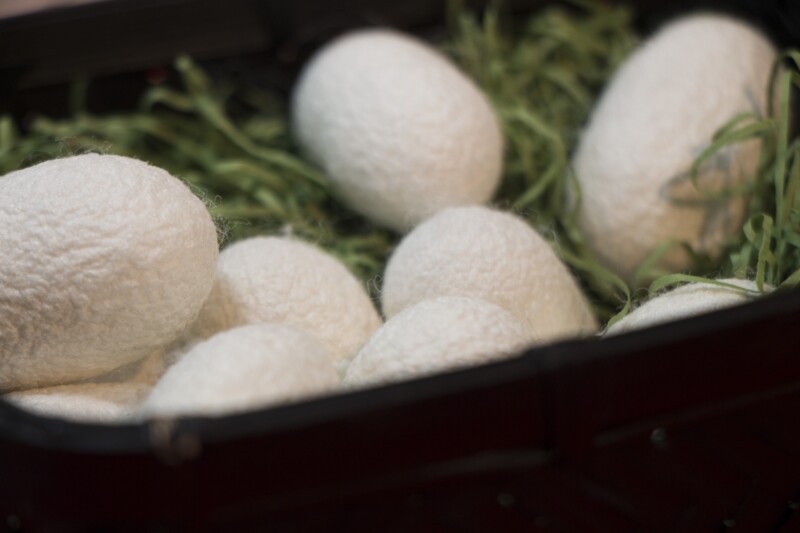
Fukushima City and Fukushima Prefecture have been bustling with sericulture since the Edo period. Not only did they produce raw silk, they were also famous for producing high-quality silkworm eggs (silkworm eggs). They selected and crossbred superior varieties of silkworms, and even used trial and error to select the finest mulberry leaves to feed them. As a result, the silkworm egg industry, which shipped silkworm eggs, became popular during the Meiji period
Sericulture has been a familiar industry in Fukushima for a long time. It is not uncommon for homes to raise silkworms. When talking to local elderly people, many of them will say, "In the old days, we had silkworm farmers at home..." Silkworms were raised, thread was spun, and the finished raw silk was shipped throughout Tohoku, the rest of the country, and overseas. It was an important industry that provided financial resources for the region
The tide turned in the Showa era. As synthetic fibers gradually became more widespread, the demand for sericulture gradually decreased. When silkworms were no longer raised, mulberry fields became unnecessary. To make use of the vacant mulberry fields, many homes planted fruit trees. This was the beginning of Fukushima's current status as the Fruit Kingdom
Kawamata Town, where silk culture remains strong

Although sericulture, once a thriving industry, has now declined, traces of the industry from that time still remain
Kawamata Town, located in northern Fukushima Prefecture, has been a silk industry center for 1,300 years, dating back to the Heian period. The town calls itself the Home of Silk Legend of Princess Ote, who is said to have introduced and spread sericulture
The silk fabric produced in Kawamata Town is called " Kawamata Silk ." It is produced using a special technique that weaves thin silk threads in a wide width. Even today, several manufacturers are engaged in the production of Kawamata Silk, and the sight of rows of looms lined up inside the factories, clattering in unison, is a spectacular sight.
While preserving traditional techniques, we also develop products that are in line with the times. Our highly fashionable, light and flexible shawls are popular gifts for Mother's Day. " Fairy Feather ," the world's thinnest silk fabric, is also a material that is attracting attention around the world.
The development of Kawamata silk, which evolves traditional culture to meet modern needs, will be something not to be missed
summary
This time, we expanded our talk from Shinobuyama Neko Inari
Cats are now primarily seen as pets, but in the past in Japan they were life partners who helped get rid of mice. The reasons may be different, but back then cats were considered "precious" creatures by people. Although sericulture is now in decline, traces of the culture of that time remain in various parts of the prefecture, and the high quality and production techniques of Kawamata silk have attracted attention from around the world
I hope this story will be something you remember when traveling to Fukushima



![A report on the experience of "Whiskey Collection Koriyama," Tohoku's first whiskey event! [Fukushima Prefecture] Whiskey Collection Koriyama](https://jp.neft.asia/wp-content/uploads/2024/10/IMG_0751-EDIT-150x150.jpg)
![The delicacy "Anko" is a delicious winter taste on the beach! [Fukushima Prefecture] Monkfish](https://jp.neft.asia/wp-content/uploads/2022/02/2054097_m-150x150.jpg)
![A tour of the 33 remaining Kannon in Minami Aizu. "Thirty-three Kannon" certified as a Japanese Heritage Site [Fukushima Prefecture] 11_MG_9631](https://jp.neft.asia/wp-content/uploads/2022/11/11_MG_9631-150x150.jpg)
!["Negaseki" is one of the three ancient Oshu sekies that surpasses Minamoto Yoshitsune and Matsuo Basho [Tsuruoka City, Yamagata Prefecture] 3809167_m](https://jp.neft.asia/wp-content/uploads/2023/02/3809167_m-150x150.jpg)
![What is "disc dumplings" in Fukushima City? Introducing recommended shops and history [Fukushima Prefecture] Disc Dumplings 1](https://jp.neft.asia/wp-content/uploads/2023/03/31485117_m-150x150.jpg)

![Okuaizu Shoten is born where you can "know, buy, and experience" Okuaizu! [Fukushima Prefecture] Okuaizu store](https://jp.neft.asia/wp-content/uploads/2024/07/sub6-150x150.jpg)
![Appears in the first episode of the anime "Zatsu Tabi - That's Journey"! Let's go to Aizuwakamatsu City [Fukushima Prefecture] 30948239_m](https://jp.neft.asia/wp-content/uploads/2025/05/30948239_m-150x150.jpg)
